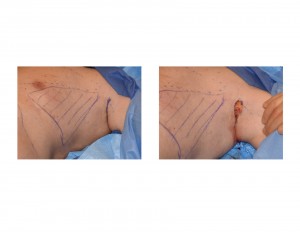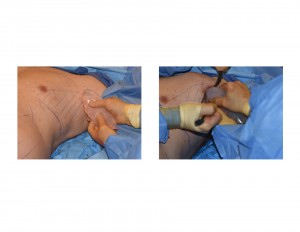Pectoral implants are the male equivalent of breast implants for women. The fundamental difference is that pectoral implants are a muscle enhancing procedure while breast implants are a non-muscular soft tissue (breast mound) enhancing procedure. These anatomic differences make for subtle but significant differences in the surgical technique in how the implants are placed.
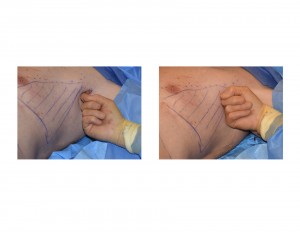

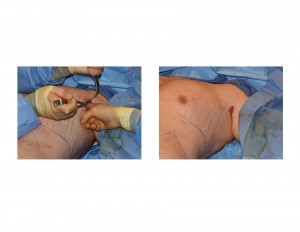
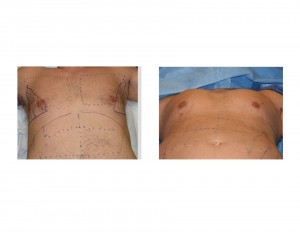
Dr. Barry Eppley
Indianapolis, Indiana



